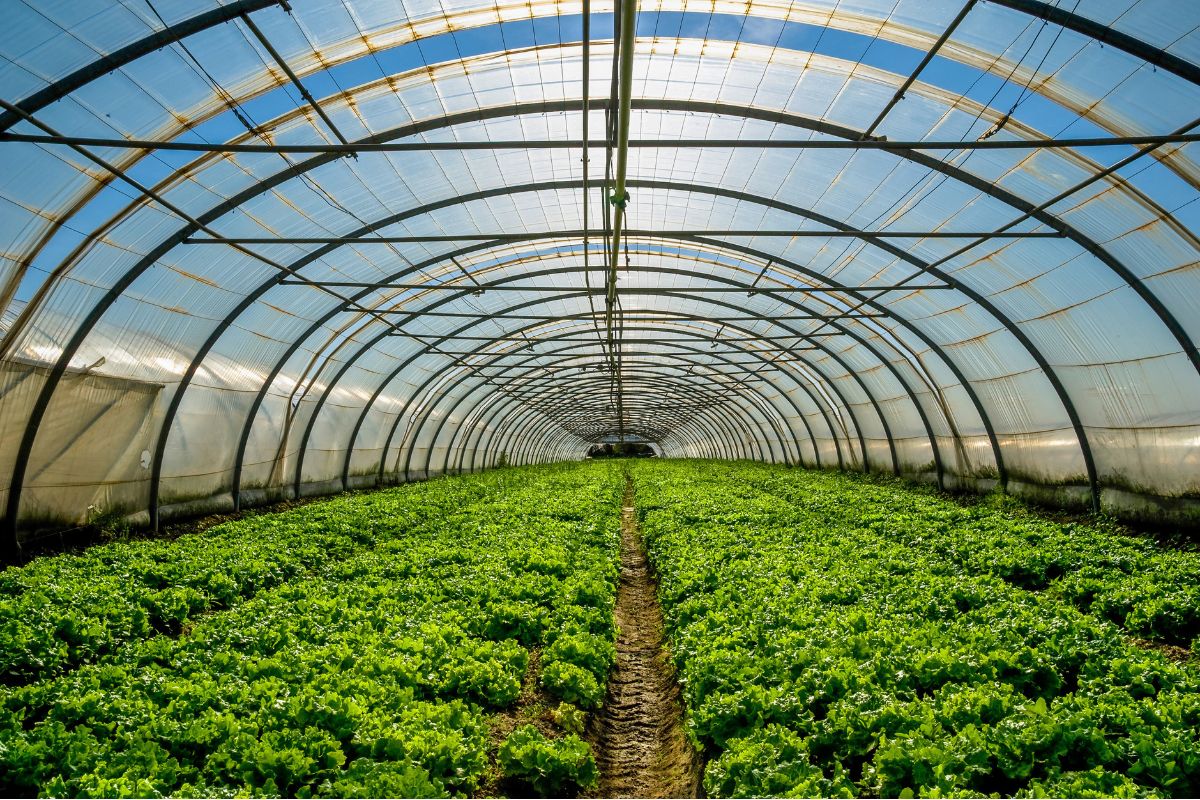Greenhouses are great for growing plants, but when our entire atmosphere acts like a giant greenhouse, the effect is harmful for our planet.
The greenhouse effect is what happens when there are too many harmful gases in our atmosphere, primarily carbon dioxide, methane and nitrous oxide. Like the glass panes of a greenhouse, these gases let sunlight in but don’t let heat out. They trap heat in the Earth’s lower atmosphere and cause global temperatures to rise; that makes the ice caps melt, releasing more greenhouse gases and causing sea levels to rise. The greenhouse effect disrupts everything from weather patterns to entire ecosystems and jeopardizes all life on Earth.
The United States is the second highest emitter of greenhouse gases on the planet. It may seem a comfort not to be number one until you consider the top 10 emitters contribute over two-thirds of total global emissions – and the top three emitters contribute 15 times as much as the bottom 100. Not to burst your optimism bubble, or greenhouse.
Greenhouse gases occur naturally and are necessary to sustain any life on our planet at all, but human activities since the industrial revolution such as burning fossil fuels and deforestation have increased their percentage in our atmosphere to a damaging degree. This is one of the many reasons climate advocacy groups and global organizations have pushed for policies like the Paris Climate Agreement that aims to reduce greenhouse gas emissions.
The Environmental Protection Agency reports the energy and transportation sectors contribute the most emissions in the United States. As a utility, we’re taking measures to reduce our emissions. In fact, it’s become a main part of our commitment to do the right thing and contribute to a brighter future for all. It’s all outlined in our Clean Energy Blueprint. We’ll retire all our coal-fired power generating plants by 2040, increase renewable energy and battery storage in our mix, and electrify our transportation and logistics branches, among other strategies.
It’s important to us that we walk the walk. That’s why we updated our Clean Energy Vision to include new and updated goals to further reduce greenhouse gas emissions. Our Clean Energy Vision now considers a wider range of our operations and includes more greenhouse gases than just the carbon dioxide from the electricity we generate, including methane associated with our natural gas distribution business.
The updated goals are a piece of our continued efforts to increase our renewable energy mix, electrify our fleet and make other advancements for sustainability. We know we as a company alone can’t reverse the effects of climate change, but we will do our part – and hopefully someday, in some brighter future, people will only associate greenhouses with great places to grow plants.

Reducing greenhouse gas emissions

Grant Barton
Communications Partner
Published on July 18, 2023
Grant Barton is a Communications Partner with a passion for sustainability and eco-friendly city planning. He has a diverse background in engineering, politics and international communications and hopes to apply this experience when writing and breaking down complex topics related to Alliant Energy's Clean Energy Future plans.
Recent Stories
Mentorship program helps prepare the next generation of dairy farmers
PDP makes advancements in the dairy farming field and supports its members through professional development, stakeholder engagement and a unified presentation of the industry to the public.
Read More
Changing seasons: Tune your building for Spring
To optimize savings and comfort, you must regularly recalibrate sensors and controls to match changing weather and operating conditions.
Read More
Giving birds a safe place to land at solar sites
Partnership with the Central Wisconsin Kestrel Research Project in our solar fields promotes diversity in the environment.
Read More
